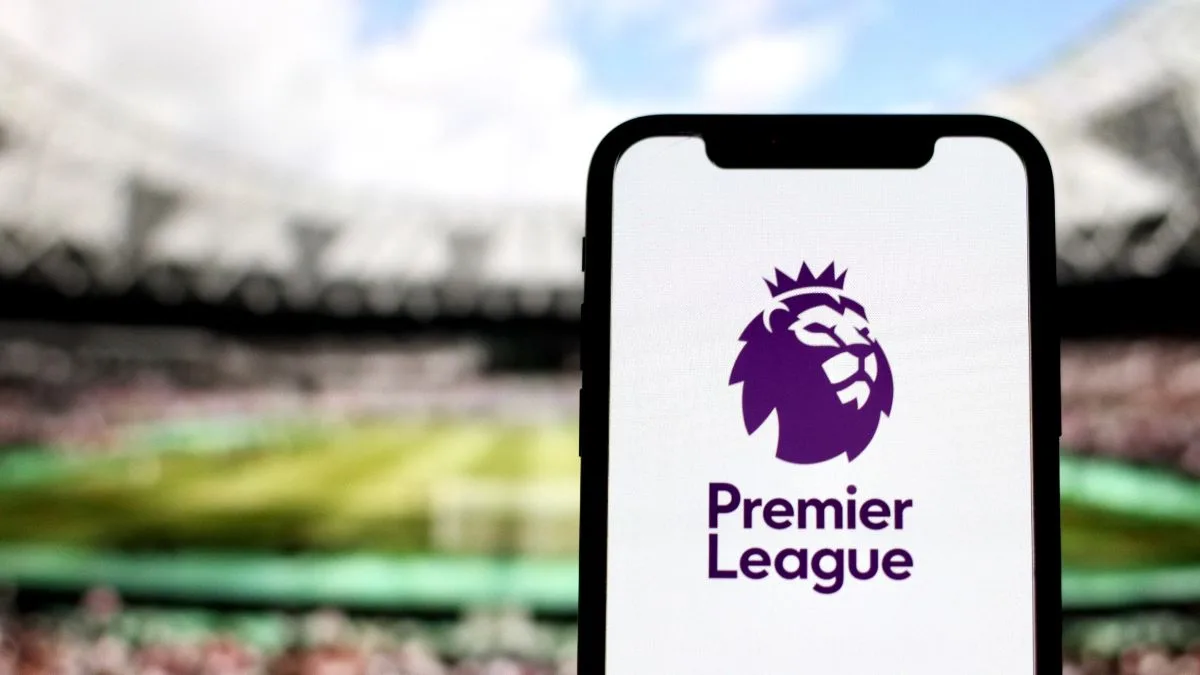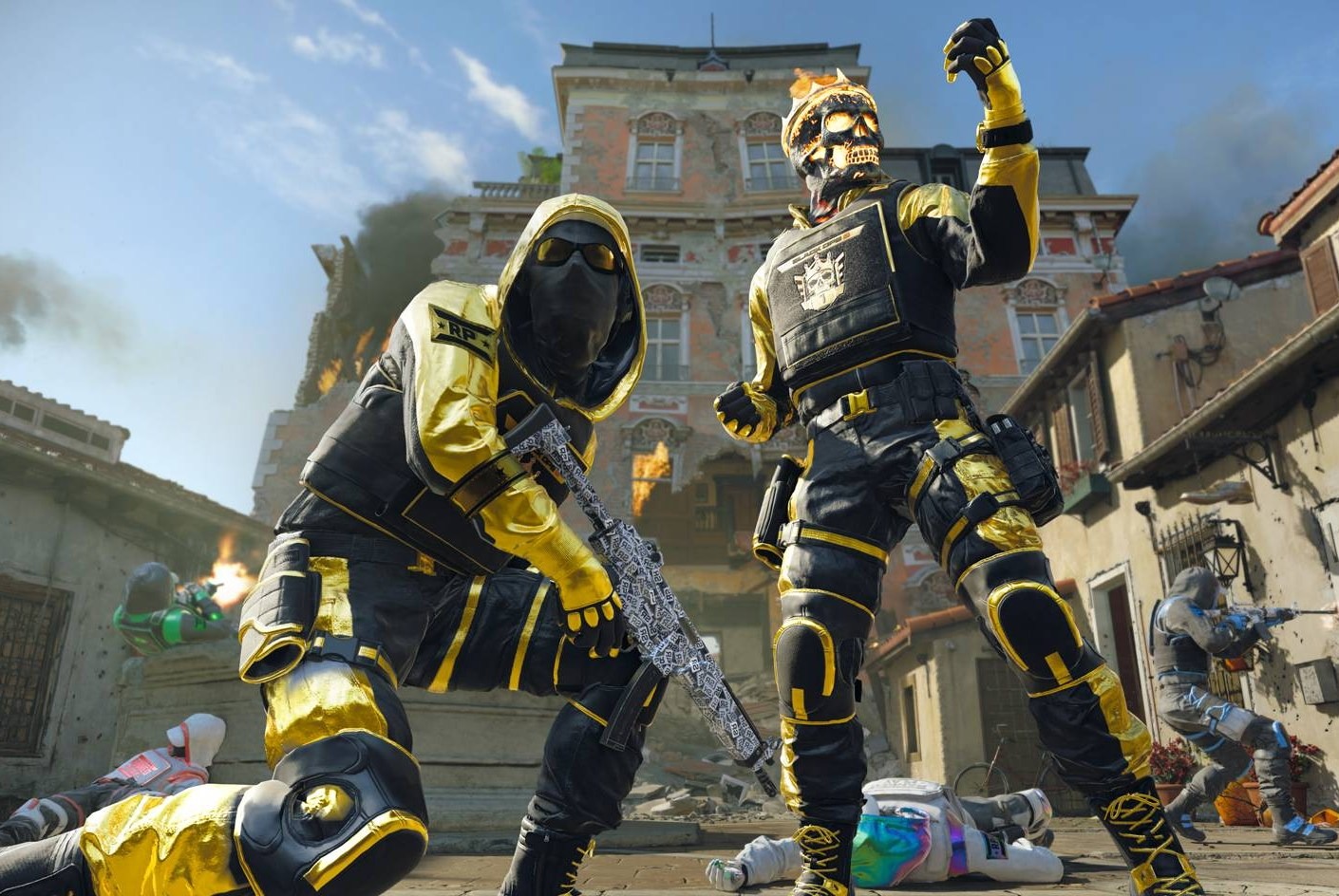And yes—Steal a Brainrot is a Roblox game, but its rapid rise comes from something deeper than memes or randomness. Beneath the humour and the social energy lies a surprisingly tight blend of game design, visual storytelling, and brand-driven identity, something that actually aligns more with professional UX/visual design principles than many players realise. In this article, I'll walk through what makes Steal a Brainrot stand out—from branding and layout to feedback loops and user engagement—and why its design choices work so well, especially for younger audiences. I'll also share small tips for players who plan to dive deeper or build their own games one day. One of the strongest aspects of the game is its instant recognizability. When you load in, you know exactly what kind of experience you're getting: playful chaos bold, neon-tinted visuals meme-inspired characters simple but frantic interactive loops This is not accidental. Roblox games that explode in popularity nearly always have one thing in common: clarity. You understand what's happening in the first five seconds. Steal a Brainrot nails this through: exaggerated character designs brightly contrasted areas action-focused layouts a UI that stays out of the way Nothing slows you down, and nothing hides the fun. This “in-your-face clarity” is essentially brand design in game form—the moment you see one of those dancing Brainrots on social media, you instantly know which game it came from. For sites like SmileToTalk that discuss branding and digital direction, this is actually a perfect case study: recognition equals retention. The game's visual style is deliberately playful and low-detail, yet expressive. This is a smart choice for several reasons: Roblox has a huge younger audience, many playing on phones or older devices. A lightweight visual style ensures fast loading and stable gameplay. Brainrots are inherently screenshot-friendly. Players love sharing them on TikTok, Discord, or YouTube Shorts. For a growing experience, this is free advertising disguised as entertainment. Bright, punchy colours help communicate danger, safety zones, and item availability. You don't need a tutorial—your eyes do the work. Good branding communicates quickly, even without words. Steal a Brainrot uses colour and silhouette to do exactly that. The core loop is simple: Run. Steal or avoid. Collect and escape. Repeat. It takes less than a minute to learn, but hours to fully master. This is classic “easy to learn, hard to perfect” design—the same principle behind massively successful titles across all genres. What keeps players coming back isn't complexity, but structured unpredictability: Brainrots appear at unexpected moments Their behavior mixes humor with surprise The speed of each round keeps tension high The environment encourages quick reactions This controlled chaos keeps younger players engaged without overwhelming them. A quick tip: If you're starting out, don't overthink positioning. Movement beats strategy most of the time. Just keep running, grab opportunities, and learn the rhythms of each map. Even though Steal a Brainrot feels chaotic, its UX is thoughtfully structured. For example: Most areas follow a predictable flow—open spaces, looping paths, and escape corners. This lets new players orient themselves quickly. Brainrots have unique sounds, making it easy to sense danger without constant screen scanning. If you lose, you're back in the game in seconds. No waiting, no long queues. This is perfect for younger, easily distracted players. There are no cluttered menus. Everything you need is either on the screen already or explained through motion and sound. As someone who plays a lot of Roblox titles, I can say confidently: polished UX is rare, and this game handles it better than many larger titles. Economy and collection systems always increase player engagement. In this case, the game's collectible Brainrots act like a mix between: cosmetic flex items progression rewards personality badges Some players even hop into the Steal a Brainrot store to check restocks or to see new rotations. This adds a layer of excitement outside actual gameplay. And yes—players often talk about ways to buy brainrots when chasing rare or event-exclusive ones. Whether or not someone chooses to spend currency, the existence of a predictable shop ecosystem helps the game feel more alive and structured. A tip for new players: Don't rush your early purchases. It's better to test different game modes and learn which Brainrot style fits your play habits before committing. The maps follow a principle UX designers know well: In Steal a Brainrot, you'll notice: plenty of circular routes wide lanes that allow quick turns elevated areas that create vertical strategy shortcuts that reward players for memorizing layouts This keeps movement fun and ensures the game always stays fast. Even if you're not consciously thinking about map flow, you're benefiting from the design behind it. I recommend paying attention to “escape loops”—small route circles where you can run Brainrots in circles to buy time. Learning these can completely change your survival rate. Roblox thrives on interaction, and Steal a Brainrot makes that interaction chaotic and hilarious. The game encourages: laughing together at unexpected Brainrots running from the same target teaming up to distract enemies sharing tips in chat It's not just the mechanics—it's the energy. The developers clearly understand how to build a game that feels social, even without complex team systems. This mix of humor, short rounds, and shared danger creates a “just one more try” effect, similar to popular party games. What makes Steal a Brainrot successful isn't just the memes or the hype. It's the thoughtful combination of: clear branding smooth UX simple but addictive loops shareable visual identity community-friendly gameplay and a lively Brainrot-collecting economy Even though the game looks silly on the surface, its design shows a deep understanding of what Roblox players enjoy—especially younger audiences who prefer fast action, bright visuals, and instant gameplay feedback. If you're someone who studies game development, branding, or UX design, Steal a Brainrot is actually a great reference point. And if you're just here to outrun the next chaotic Brainrot flying toward you, well—good luck, and don't forget to have fun.Roblox is known for its massive library of player-created experiences, but only a handful manage to achieve the kind of instant visual identity and viral pull that Steal a Brainrot enjoys today. Suppose you've spent any time on Roblox recently. In that case, you've probably seen the familiar neon aesthetic, the dancing NPCs, or the chaotic chases that have quickly become part of the game's signature look.
Why “Steal a Brainrot” Works: A Clear Identity With Zero Confusion
Visual Branding: The Aesthetic That Makes It Go Viral
1. Lower detail = smoother performance
2. Meme-inspired characters build shareability
3. Colour coding creates atmosphere
Game Loop Simplicity: Why Players Stick Around
User Experience (UX) Design Done Right
1. Clear, familiar map layout
2. Sound cues that deliver information
3. Short rounds reduce frustration
4. UI stays minimal
The Role of Virtual Economy: Why Players Care About Brainrots
Environmental Design: Spaces Built for Chaos and Flow
“Design the environment so the user discovers the path without instruction.”Social Design: Why the Game Feels So Alive
A Simple Game With Surprisingly Strong Design Bones




Want to add a comment?